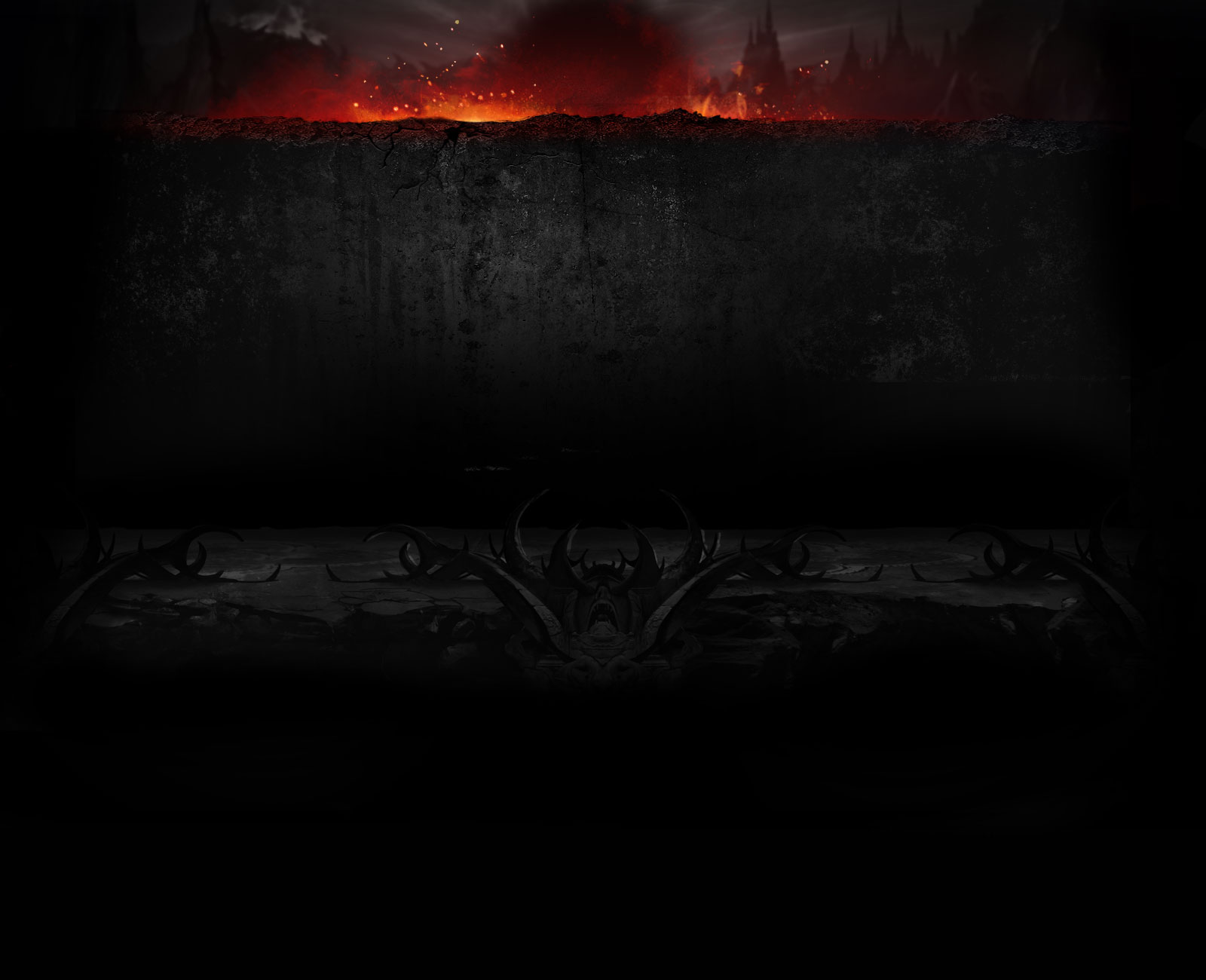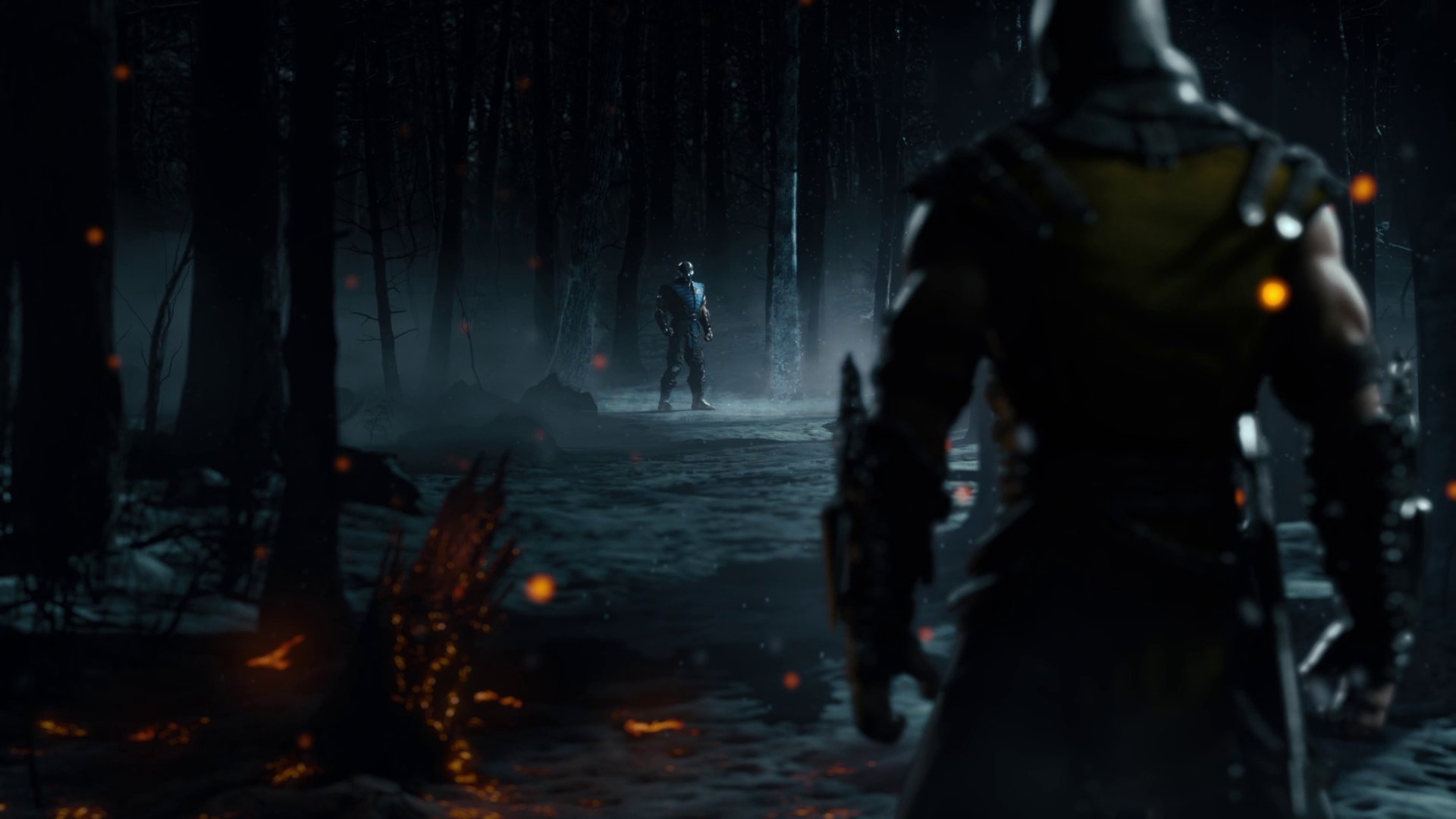countrypistol
Kombatant
Who is this guide for?
First and foremost, this guide is for anybody who wants to learn to play Commando and is looking for a comprehensive yet straight forward method to do so. At the same time, this guide is for anybody new to MKX who is looking for a character to main and finds Kano interesting. In order to make the following accessible to everybody, it has been written under the assumption that the user has no knowledge of MKX at all, and will give that person the tools and information to progress to an intermediate level. For those with a foundation of knowledge already in place, you may find several of the tips and techniques aimed at the beginners to be useful in sharpening your execution and practice methods. My advice to everybody reading this is to work through the guide at a steady pace, integrating the methods into your practice routine until they become habits.
The guide has been set up into stages with checkpoints to assess your understanding. It is recommended that you focus on each stage in turn and do not advance onto the next stage until you can comfortably do the checkpoint exercises as presented. Doing the exercises in this order will help establish a solid training routine that utilises training mode in the best possible way. If in the future you decide to learn another character, you will be equipped with the knowledge and methodology to reduce the learning curve and get to what this game is really about; brutally murdering your opponent in Kombat.
This guide will cover:
Solid use of training mode features and methods
Basic Commando strategy
Frame data
Footsies and spacing
Combos and execution
Tick Throws
Option Selects
Frame Traps
Zoning
How to study match ups
How to watch your replays and tailor your practice time based on what you find.
Why play Commando?
I'm not going to lie to you, Commando Kano is not a top tier character. In a game where several characters have strings that contain both overheads and lows, and pressure games that force the defending player to guess whether to block high or low (and knowing that a wrong guess could cost a third of their health bar), Commando struggles to open players up and score big damage. The truth is, if you want an easy time, Commando is not the character for you. However, if you want a character that will force you to pay attention to the match, aid in developing your defensive skill, force you to learn match ups and has the capabilities to make your opponents regret attempting to hit you with anything, Kano is your guy.
HugBoiz for life!
How much time should I spend practicing in training mode?
Ideally, one hour a day every day before you play, whether it be online or at a venue. If you have more time to spare then great, but an hour of structured practice will be much more beneficial to you than several hours of unfocused combo training, especially in the beginning.
That said, do not take Kano out of the dojo for the first ten hours. Give yourself time to develop some muscle memory first before entering a match. There's nothing worse than trying to land a command grab on a sleeping Jason, only to jump up and kick him in the head.
How To Use This Guide
As previously stated, this guide is tailored for absolute beginners, and as such has been structured in stages. Each stage builds upon the information in the stage before it, and it is not recommended to rush ahead without having first completed the stage you are currently on. To aid this, each stage has a checkpoint exercise that assess your ability to perform the content in that particular stage. Once you complete the checkpoint exercise, move onto the next stage, but not before.
As a way of keeping your skills in peak condition, use the completed checkpoint exercises as daily warm ups. If you have completed two stage, alternate the checkpoint exercises so that on day one you do exercise one, day two exercise two, day three exercise three, etc. Eventually you will outgrow the earlier exercises, and you'll know when that time is, but doing them will help develop a solid practice routine that makes the most if your time.
I also wouldn't advise taking Kano out into the real world until you've reached stage 5. There is a lot of knowledge and practice required in order to be successful with him in a match, so to prevent yourself from getting disheartened, complete all the exercises in stages 1-4 first, then read stage 5.
Before you begin...
Variety is the spice of life, and MKX can be played using a variety of controllers. Whilst it is next to impossible to cover every possible after market fight pad available, we can cover the most common set ups.
PS4
A common problem with the Dual Shock 4 controller is the L2 and R2 shoulder buttons. Due to their shape and the amount of pressure required to depress them, many people report problems with meter burn moves not activating in clutch situations, and worse, the buttons breaking entirely. To counter act this, switch the stance switch and meter burn buttons to the L1 and R1 triggers respectively, and switch Release Check, Alternate Controls and Input Shortcuts to off.
For directions, use the d-pad and forget the analogue sticks exist.
X-Box One
(Information required from X-Box players in regards to controller issues)
Fight Stick
(Information required from Fight Stick users in regards to button layouts and issues.)
Hit Box
(Information required from Hit Box users with regards to issues)
It is recommended you learn the community notation for moves. A generalised version is below. For console specific information, check the Noob Passage forum.
Front Punch-1
Back Punch-2
Front Kick-3
Back Kick-4
Forward- F
Back-B
Up-U
Down-D
First and foremost, this guide is for anybody who wants to learn to play Commando and is looking for a comprehensive yet straight forward method to do so. At the same time, this guide is for anybody new to MKX who is looking for a character to main and finds Kano interesting. In order to make the following accessible to everybody, it has been written under the assumption that the user has no knowledge of MKX at all, and will give that person the tools and information to progress to an intermediate level. For those with a foundation of knowledge already in place, you may find several of the tips and techniques aimed at the beginners to be useful in sharpening your execution and practice methods. My advice to everybody reading this is to work through the guide at a steady pace, integrating the methods into your practice routine until they become habits.
The guide has been set up into stages with checkpoints to assess your understanding. It is recommended that you focus on each stage in turn and do not advance onto the next stage until you can comfortably do the checkpoint exercises as presented. Doing the exercises in this order will help establish a solid training routine that utilises training mode in the best possible way. If in the future you decide to learn another character, you will be equipped with the knowledge and methodology to reduce the learning curve and get to what this game is really about; brutally murdering your opponent in Kombat.
This guide will cover:
Solid use of training mode features and methods
Basic Commando strategy
Frame data
Footsies and spacing
Combos and execution
Tick Throws
Option Selects
Frame Traps
Zoning
How to study match ups
How to watch your replays and tailor your practice time based on what you find.
Why play Commando?
I'm not going to lie to you, Commando Kano is not a top tier character. In a game where several characters have strings that contain both overheads and lows, and pressure games that force the defending player to guess whether to block high or low (and knowing that a wrong guess could cost a third of their health bar), Commando struggles to open players up and score big damage. The truth is, if you want an easy time, Commando is not the character for you. However, if you want a character that will force you to pay attention to the match, aid in developing your defensive skill, force you to learn match ups and has the capabilities to make your opponents regret attempting to hit you with anything, Kano is your guy.
HugBoiz for life!
How much time should I spend practicing in training mode?
Ideally, one hour a day every day before you play, whether it be online or at a venue. If you have more time to spare then great, but an hour of structured practice will be much more beneficial to you than several hours of unfocused combo training, especially in the beginning.
That said, do not take Kano out of the dojo for the first ten hours. Give yourself time to develop some muscle memory first before entering a match. There's nothing worse than trying to land a command grab on a sleeping Jason, only to jump up and kick him in the head.
How To Use This Guide
As previously stated, this guide is tailored for absolute beginners, and as such has been structured in stages. Each stage builds upon the information in the stage before it, and it is not recommended to rush ahead without having first completed the stage you are currently on. To aid this, each stage has a checkpoint exercise that assess your ability to perform the content in that particular stage. Once you complete the checkpoint exercise, move onto the next stage, but not before.
As a way of keeping your skills in peak condition, use the completed checkpoint exercises as daily warm ups. If you have completed two stage, alternate the checkpoint exercises so that on day one you do exercise one, day two exercise two, day three exercise three, etc. Eventually you will outgrow the earlier exercises, and you'll know when that time is, but doing them will help develop a solid practice routine that makes the most if your time.
I also wouldn't advise taking Kano out into the real world until you've reached stage 5. There is a lot of knowledge and practice required in order to be successful with him in a match, so to prevent yourself from getting disheartened, complete all the exercises in stages 1-4 first, then read stage 5.
Before you begin...
Variety is the spice of life, and MKX can be played using a variety of controllers. Whilst it is next to impossible to cover every possible after market fight pad available, we can cover the most common set ups.
PS4
A common problem with the Dual Shock 4 controller is the L2 and R2 shoulder buttons. Due to their shape and the amount of pressure required to depress them, many people report problems with meter burn moves not activating in clutch situations, and worse, the buttons breaking entirely. To counter act this, switch the stance switch and meter burn buttons to the L1 and R1 triggers respectively, and switch Release Check, Alternate Controls and Input Shortcuts to off.
For directions, use the d-pad and forget the analogue sticks exist.
X-Box One
(Information required from X-Box players in regards to controller issues)
Fight Stick
(Information required from Fight Stick users in regards to button layouts and issues.)
Hit Box
(Information required from Hit Box users with regards to issues)
It is recommended you learn the community notation for moves. A generalised version is below. For console specific information, check the Noob Passage forum.
Front Punch-1
Back Punch-2
Front Kick-3
Back Kick-4
Forward- F
Back-B
Up-U
Down-D
Last edited:






